Home>Home Appliances>Bathroom Appliances>Which Is Better: Hair Dryer Or Hair Straightener
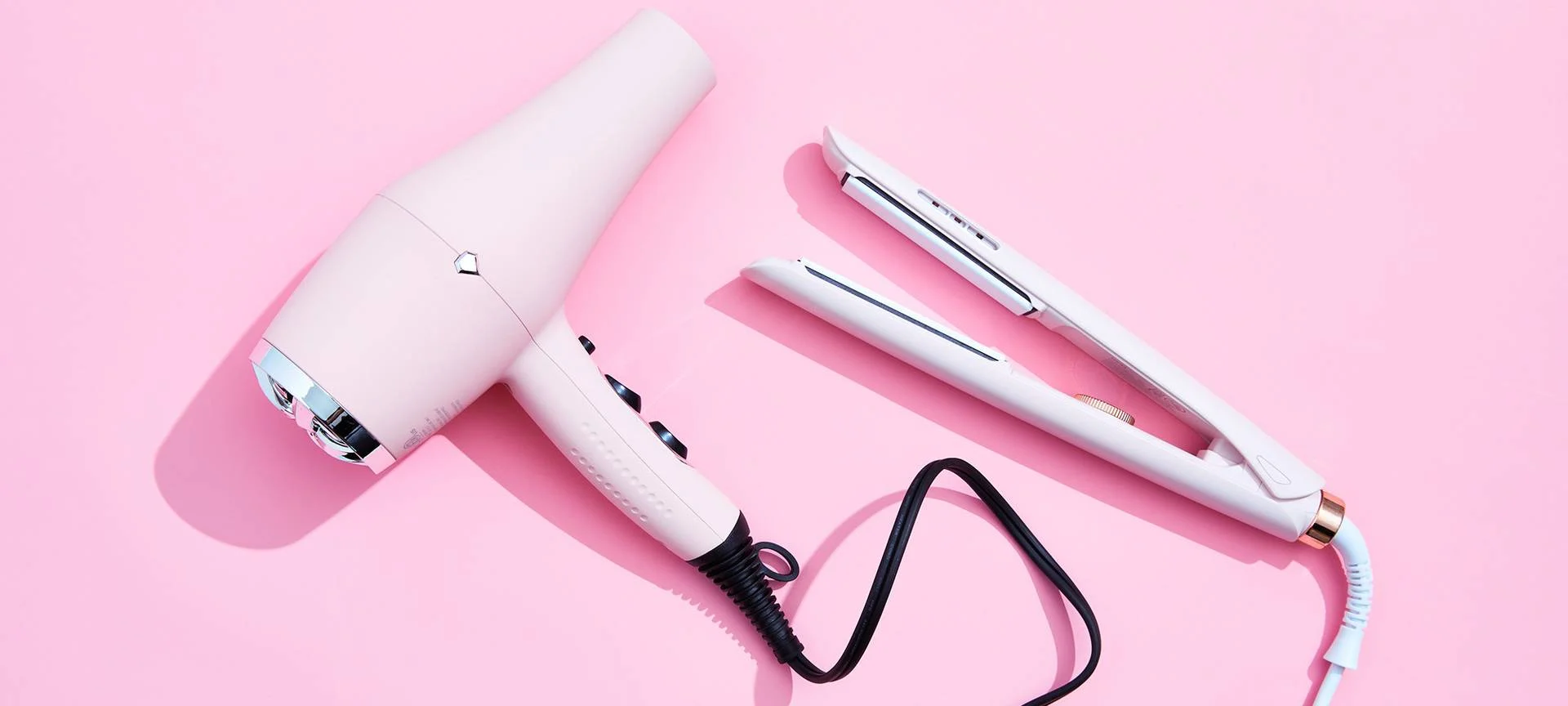

Bathroom Appliances
Which Is Better: Hair Dryer Or Hair Straightener
Modified: February 29, 2024
Discover which bathroom appliance is best for your hair - a hair dryer or a hair straightener. Learn about the benefits and drawbacks of each to make the right choice for your hair care routine. Choose the best bathroom appliance for your hair needs.
(Many of the links in this article redirect to a specific reviewed product. Your purchase of these products through affiliate links helps to generate commission for Storables.com, at no extra cost. Learn more)
Introduction
In the realm of hairstyling, the choice between a hair dryer and a hair straightener can be a perplexing conundrum. Both devices are indispensable tools for achieving a stunning and polished look, but they serve distinct purposes. Understanding the nuances of these hair styling tools is crucial for making informed decisions about which one best suits your needs.
Hair dryers and hair straighteners have revolutionized the way people style their hair, offering versatility and convenience. Whether you're aiming for a sleek, straight look or seeking to add volume and texture, these tools can help you achieve your desired hairstyle with ease. However, it's essential to grasp the unique functionalities and benefits of each device before determining which is better suited to your hairstyling routine.
In this comprehensive guide, we'll delve into the intricacies of hair dryers and hair straighteners, exploring how they function and the distinct advantages they offer. By the end of this journey, you'll be well-equipped to make an informed decision about which hair styling tool aligns with your specific hair care needs and styling preferences. Let's embark on this exploration to unravel the mysteries of hair dryers and hair straighteners, empowering you to elevate your hairstyling game to new heights.
Key Takeaways:
- Hair dryers quickly dry wet hair and add volume, but can cause heat damage if used excessively. They’re versatile and offer customizable settings for different hair types and styles.
- Hair straighteners transform hair texture for sleek looks and style versatility, but can also cause heat damage and require proper technique to avoid hair breakage. They offer adjustable settings for various hair types.
Read more: How To Straighten Hair With A Blow Dryer
Purpose of Hair Styling Tools
At the core of hairstyling, the purpose of hair styling tools such as hair dryers and hair straighteners is to enable individuals to achieve diverse and captivating hairstyles. These tools cater to a myriad of styling needs, offering versatility and flexibility to suit various hair types and style preferences.
Hair dryers, also known as blow dryers, are designed to expedite the process of drying wet hair. By emitting a controlled flow of warm air, hair dryers efficiently evaporate moisture from the hair, significantly reducing the time required for natural air drying. This not only saves time but also helps prevent potential damage that can arise from prolonged exposure to dampness. Additionally, hair dryers are instrumental in creating voluminous hairstyles, as the directed airflow can lift the hair at the roots, imparting a fuller and more dynamic look.
On the other hand, hair straighteners, commonly referred to as flat irons, serve the purpose of transforming the texture of the hair. These devices utilize heated plates to apply heat directly to sections of the hair, effectively altering its natural shape and imparting a smooth, sleek appearance. Hair straighteners are particularly popular for achieving straight or sleek hairstyles, as well as for creating elegant curls and waves with precision and control.
Both hair dryers and hair straighteners play pivotal roles in the hairstyling process, offering individuals the means to express their creativity and personal style. Whether it’s achieving a sleek and polished look for a formal event or adding volume and texture for a casual outing, these tools empower users to experiment with diverse hairstyles and express themselves through their hair.
As we delve deeper into the functionalities and features of hair dryers and hair straighteners, it becomes evident that each tool serves a distinct purpose, catering to specific styling requirements and hair textures. Understanding the unique roles of these devices is essential for harnessing their full potential and optimizing their impact on your hairstyling endeavors.
How Hair Dryers Work
Hair dryers are ingenious devices that harness the power of controlled airflow and heat to expedite the process of drying wet hair. These tools are equipped with a motor that drives a fan, propelling air through the body of the dryer and out through a nozzle. As the air passes through the heating element, it is warmed to the desired temperature before being directed onto the hair.
Upon activating the hair dryer, the warm air streams over the wet hair, facilitating the evaporation of moisture. This process is essential for reducing the water content in the hair, thereby expediting the drying time. By efficiently evaporating the moisture from the hair shaft, hair dryers help prevent potential damage that can arise from prolonged exposure to dampness, such as weakening of the hair strands and scalp irritation.
Furthermore, hair dryers offer a range of heat and speed settings, allowing users to customize the airflow and temperature based on their hair type and styling preferences. Lower heat settings are ideal for delicate or fine hair, while higher settings cater to thicker or coarser hair that requires more intense airflow and heat to expedite the drying process.
Additionally, many modern hair dryers are equipped with advanced technologies, such as ceramic or tourmaline heating elements, which emit infrared heat to dry the hair more gently and evenly. These technologies help minimize heat damage and promote smoother, shinier results, elevating the overall hairstyling experience.
Overall, the functionality of hair dryers rests on their ability to swiftly and effectively dry wet hair, offering users the convenience of achieving a polished and dry hairstyle in a fraction of the time it would take through natural air drying. By understanding the mechanics of how hair dryers work, individuals can leverage these tools to optimize their hairstyling routines and achieve stunning results with ease.
How Hair Straighteners Work
Hair straighteners, also known as flat irons, are ingenious devices designed to transform the texture of the hair, imparting a sleek and polished appearance. These tools feature heated plates, typically made of ceramic, tourmaline, or titanium, that generate controlled heat to facilitate the straightening process.
Upon activating the hair straightener, the heated plates reach the desired temperature, allowing users to glide the device over sections of the hair. As the hair comes into contact with the heated plates, the heat effectively alters the hydrogen bonds within the hair shaft, causing the hair to assume a straighter and smoother form. This process is instrumental in taming frizz, eliminating kinks and waves, and achieving a sleek, uniform texture.
Furthermore, modern hair straighteners often incorporate advanced technologies, such as ionic or infrared heat, to enhance the straightening process. Ionic technology releases negative ions that neutralize the positive charge in the hair, reducing frizz and imparting a smoother, shinier finish. On the other hand, infrared heat penetrates the hair shaft, heating it from the inside out, resulting in more efficient straightening with reduced heat exposure.
Additionally, hair straighteners offer adjustable temperature settings to accommodate various hair types and styling needs. Lower temperatures are suitable for fine or damaged hair, minimizing the risk of heat damage, while higher temperatures cater to thicker or coarser hair, ensuring effective straightening and smoothing of the hair strands.
By harnessing the power of controlled heat and advanced technologies, hair straighteners provide users with the means to achieve a diverse range of hairstyles, from sleek and straight to elegantly curled or waved. The versatility and precision offered by these devices empower individuals to express their personal style and experiment with different looks, all while maintaining the health and integrity of their hair.
Understanding the mechanics of how hair straighteners work is pivotal for leveraging these tools to their full potential, enabling users to achieve professional-quality results and elevate their hairstyling endeavors to new heights.
Comparison of Hair Dryers and Hair Straighteners
When considering the choice between a hair dryer and a hair straightener, it’s essential to understand the distinctive functions and benefits of each device. While both tools contribute to the overall hairstyling process, they serve unique purposes and cater to different styling needs.
Hair dryers are primarily geared towards expediting the drying of wet hair, offering convenience and efficiency in achieving a dry and styled look. These devices are instrumental in creating voluminous hairstyles, as the directed airflow can lift the hair at the roots, imparting a fuller and more dynamic appearance. Additionally, hair dryers are versatile tools that can be used to create various hairstyles, from sleek and straight to voluminous and textured looks, making them a valuable asset in any hairstyling arsenal.
On the other hand, hair straighteners are designed to transform the texture of the hair, imparting a smooth and sleek appearance. These devices are particularly popular for achieving straight or sleek hairstyles, as well as for creating elegant curls and waves with precision and control. By harnessing the power of controlled heat and advanced technologies, hair straighteners offer users the flexibility to experiment with diverse hairstyles and express their personal style through their hair.
While both hair dryers and hair straighteners contribute to the overall hairstyling process, it’s important to recognize that they cater to distinct styling needs. Hair dryers excel in expediting the drying process and creating voluminous styles, while hair straighteners are adept at transforming the texture of the hair, imparting a sleek and polished look.
Ultimately, the choice between a hair dryer and a hair straightener hinges on individual styling preferences and hair care needs. Some individuals may find that a combination of both tools complements their hairstyling routine, offering the versatility to achieve an array of looks, from sleek and straight to voluminous and textured, with ease and finesse.
By understanding the unique functionalities and benefits of hair dryers and hair straighteners, individuals can make informed decisions about which tool aligns with their specific hairstyling goals, empowering them to elevate their hairstyling game and express their creativity through their hair.
Pros and Cons of Hair Dryers
As versatile hair styling tools, hair dryers offer a range of benefits and considerations that individuals should weigh when incorporating them into their hairstyling routines.
Pros:
- Efficient Drying: Hair dryers expedite the drying process, saving time and minimizing the risk of potential damage from prolonged exposure to dampness.
- Voluminous Hairstyles: The directed airflow of hair dryers can lift the hair at the roots, imparting volume and creating dynamic, full-bodied styles.
- Versatility: Hair dryers can be used to create a variety of hairstyles, from sleek and straight to voluminous and textured looks, offering flexibility and adaptability.
- Customizable Settings: Many hair dryers feature adjustable heat and speed settings, allowing users to customize the airflow and temperature based on their hair type and styling preferences.
- Advanced Technologies: Modern hair dryers often incorporate ceramic or tourmaline heating elements, emitting infrared heat to dry the hair gently and evenly, promoting smoother, shinier results while minimizing heat damage.
Cons:
- Heat Damage: Prolonged or excessive use of high heat settings can lead to heat damage, causing dryness, frizz, and weakening of the hair strands over time.
- Scalp Irritation: Directing hot air onto the scalp for extended periods can cause discomfort and potential irritation, particularly for individuals with sensitive skin.
- Over-Drying: Inadvertent overuse of hair dryers can lead to over-drying of the hair, resulting in increased brittleness and potential breakage.
- Noisy Operation: Some hair dryers can produce significant noise during operation, which may be disruptive in certain environments.
- Portability: While there are compact and travel-friendly options, certain hair dryers may be less convenient for on-the-go use due to their size and weight.
Understanding the pros and cons of hair dryers is crucial for users to make informed decisions about how to integrate these tools into their hairstyling routines. By leveraging the benefits and mitigating the potential drawbacks, individuals can optimize their use of hair dryers and achieve stunning hairstyles while prioritizing the health and integrity of their hair.
Consider using a hair dryer for quick drying and adding volume, while a hair straightener is best for achieving sleek, straight styles. Use heat protectant products and avoid excessive heat to prevent damage to your hair.
Pros and Cons of Hair Straighteners
When considering the incorporation of hair straighteners into one’s hairstyling routine, it’s essential to weigh the array of benefits and potential considerations associated with these versatile tools.
Pros:
- Texture Transformation: Hair straighteners offer the ability to transform the texture of the hair, imparting a sleek and polished appearance by taming frizz and eliminating kinks and waves.
- Style Versatility: These devices enable users to achieve a diverse range of hairstyles, from sleek and straight to elegantly curled or waved, offering flexibility and creative expression.
- Advanced Technologies: Many modern hair straighteners incorporate ceramic, tourmaline, or titanium plates and advanced heat technologies, such as ionic or infrared heat, to minimize frizz, enhance shine, and reduce heat damage while straightening the hair.
- Adjustable Settings: Hair straighteners often feature adjustable temperature settings, catering to various hair types and styling needs, ensuring optimal results with reduced risk of heat-related damage.
- Efficiency: Hair straighteners expedite the hairstyling process, allowing users to achieve polished and professional-quality results with precision and ease.
Cons:
- Heat Damage: Prolonged or excessive use of high temperatures can lead to heat damage, resulting in dryness, brittleness, and potential weakening of the hair strands over time.
- Friction and Tension: The repeated use of hair straighteners can subject the hair to friction and tension, potentially causing breakage and damage, particularly if not used with care and proper technique.
- Scalp and Skin Sensitivity: Direct contact with the scalp or skin while using hair straighteners can cause discomfort and potential irritation, necessitating caution and attentiveness during the styling process.
- Over-Styling: Excessive reliance on hair straighteners without proper heat protection and care can lead to over-styling, resulting in diminished hair health and resilience.
- Time and Technique: Achieving optimal results with hair straighteners may require time and practice to master the technique, particularly when creating intricate styles such as curls and waves.
By comprehending the pros and cons of hair straighteners, individuals can make informed decisions about incorporating these tools into their hairstyling routines. Leveraging the benefits while mitigating potential drawbacks empowers users to achieve their desired hairstyles while prioritizing the health and vitality of their hair.
Conclusion
Exploring the intricacies of hair dryers and hair straighteners unveils the multifaceted world of hairstyling, offering individuals a diverse array of tools to express their creativity and style. Both hair dryers and hair straighteners play pivotal roles in the hairstyling process, catering to distinct needs and offering unique benefits that empower users to achieve stunning and polished looks.
From the efficient drying capabilities of hair dryers to the transformative texture-altering prowess of hair straighteners, these tools have revolutionized the way people style their hair, providing convenience, versatility, and precision. The ability to customize settings, leverage advanced technologies, and experiment with diverse hairstyles empowers individuals to elevate their hairstyling game and express their personal style with finesse.
Understanding the nuanced functionalities and the pros and cons of these hair styling tools is instrumental in making informed decisions about their integration into hairstyling routines. By leveraging the benefits and mitigating potential drawbacks, individuals can optimize their use of hair dryers and hair straighteners, achieving professional-quality results while prioritizing the health and resilience of their hair.
Ultimately, the choice between a hair dryer and a hair straightener hinges on individual styling preferences, hair care needs, and the desired hairstyles. Some may find that a combination of both tools complements their hairstyling routine, offering the versatility to achieve an array of looks, from sleek and straight to voluminous and textured, with ease and finesse.
As we conclude this exploration, it’s clear that the world of hair styling tools is brimming with possibilities, empowering individuals to express their unique style and creativity through their hair. By embracing the functionalities and benefits of hair dryers and hair straighteners, individuals can embark on a journey of self-expression, confidence, and stunning hairstyling experiences, ushering in a new era of personalized beauty and style.
Frequently Asked Questions about Which Is Better: Hair Dryer Or Hair Straightener
Was this page helpful?
At Storables.com, we guarantee accurate and reliable information. Our content, validated by Expert Board Contributors, is crafted following stringent Editorial Policies. We're committed to providing you with well-researched, expert-backed insights for all your informational needs.
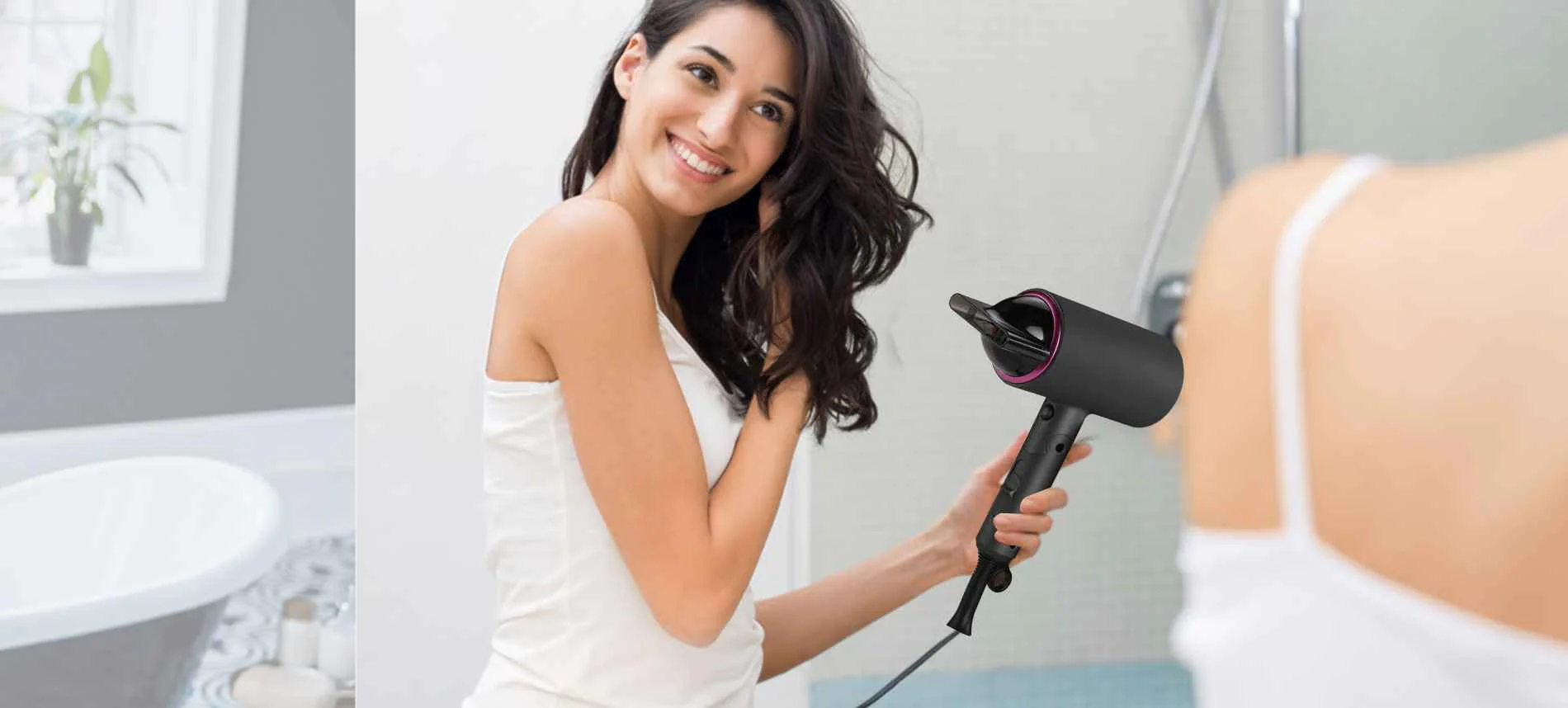
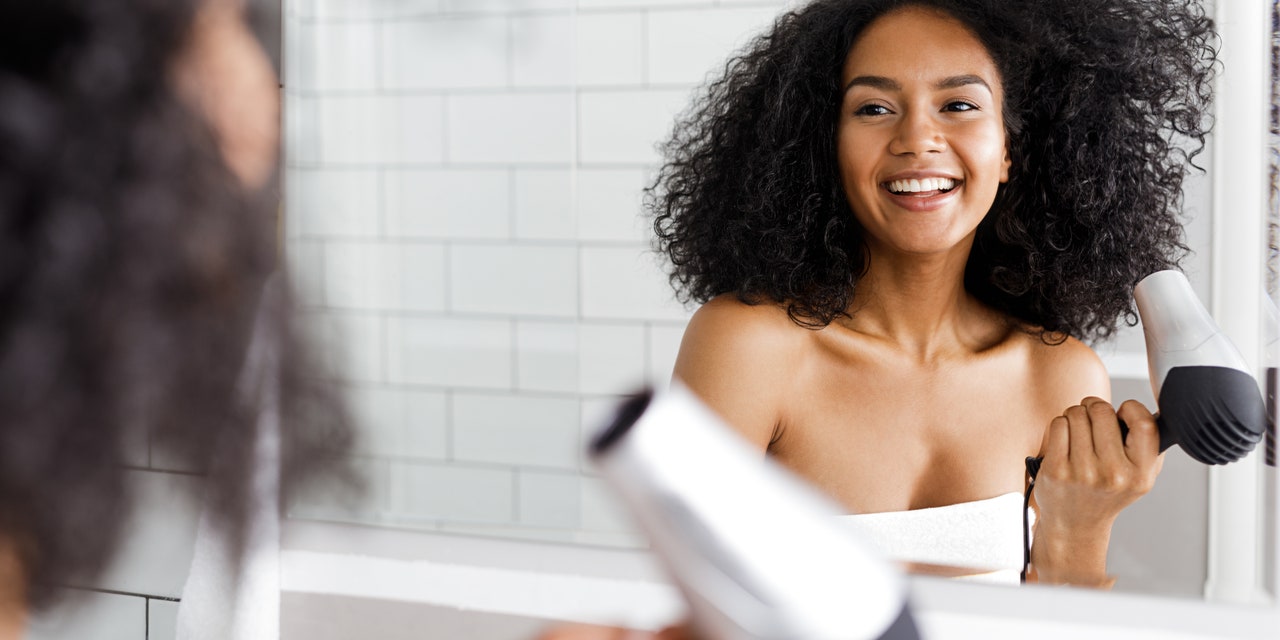
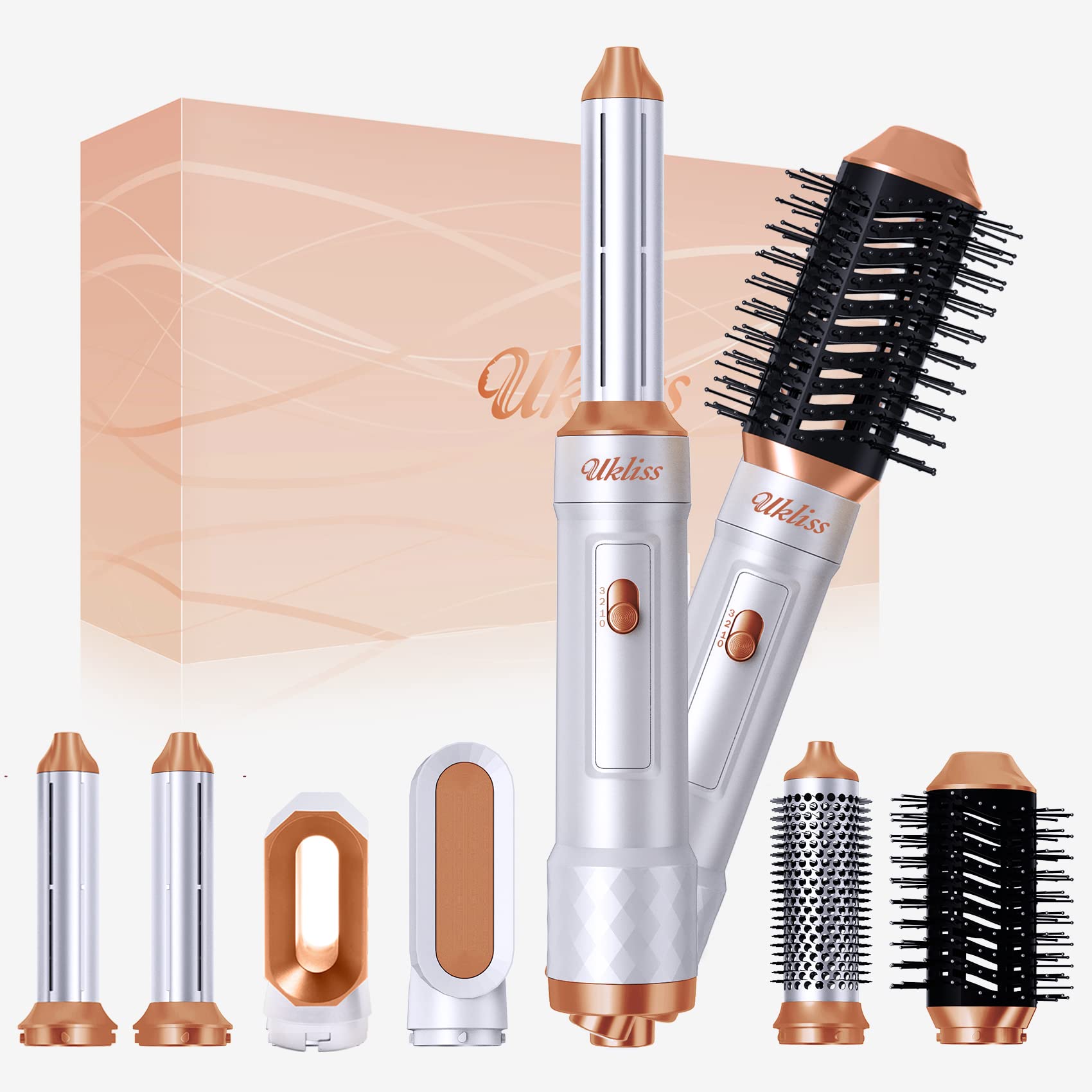
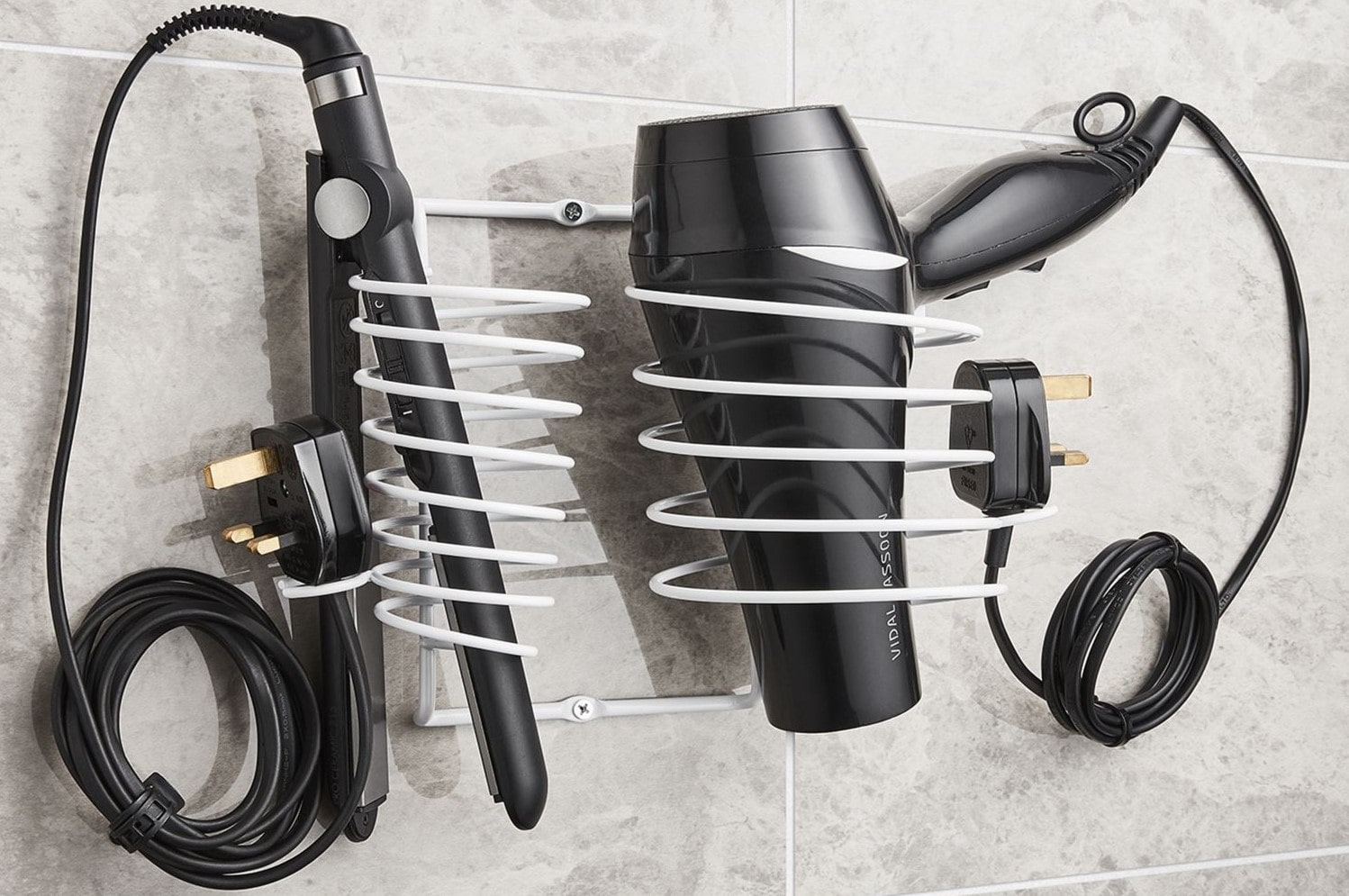
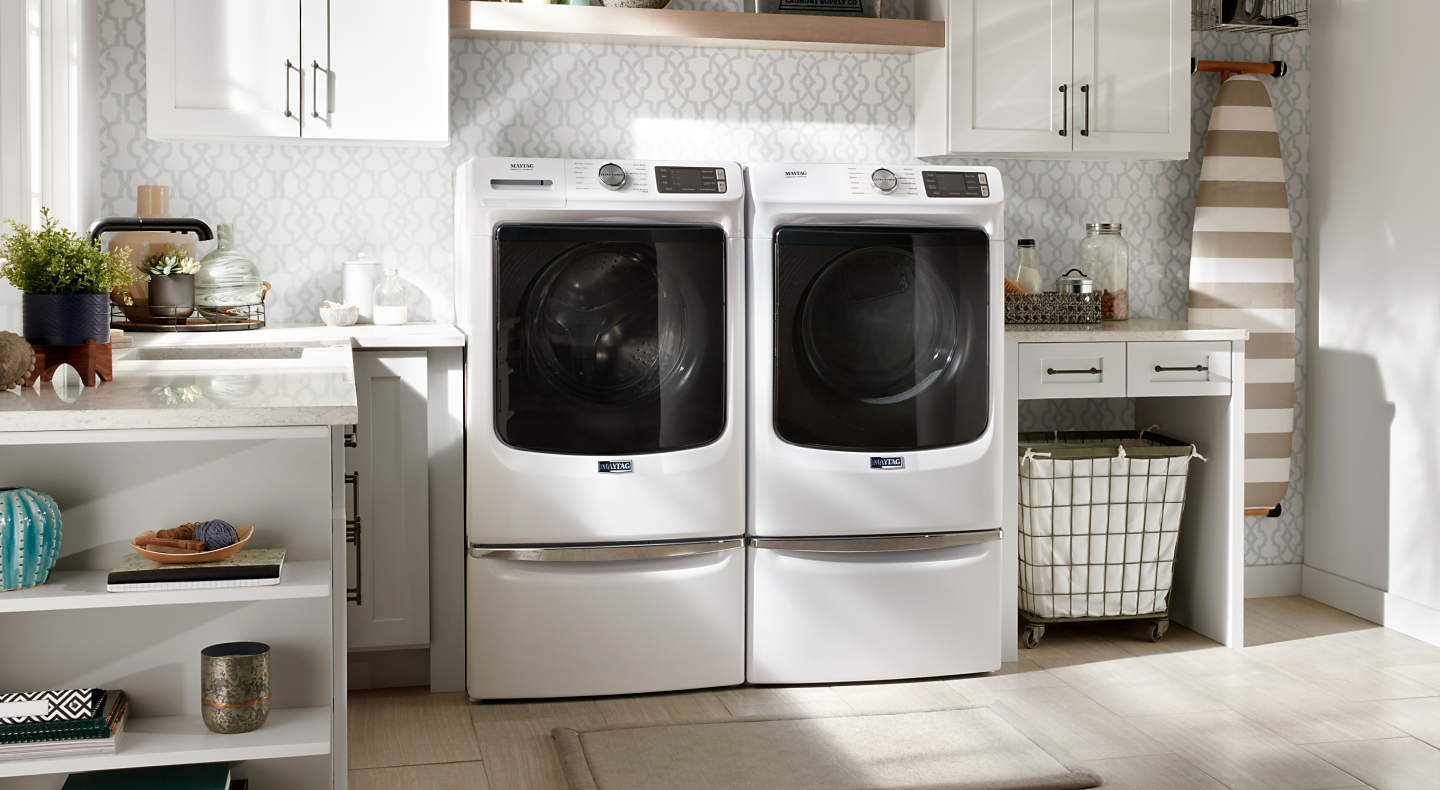
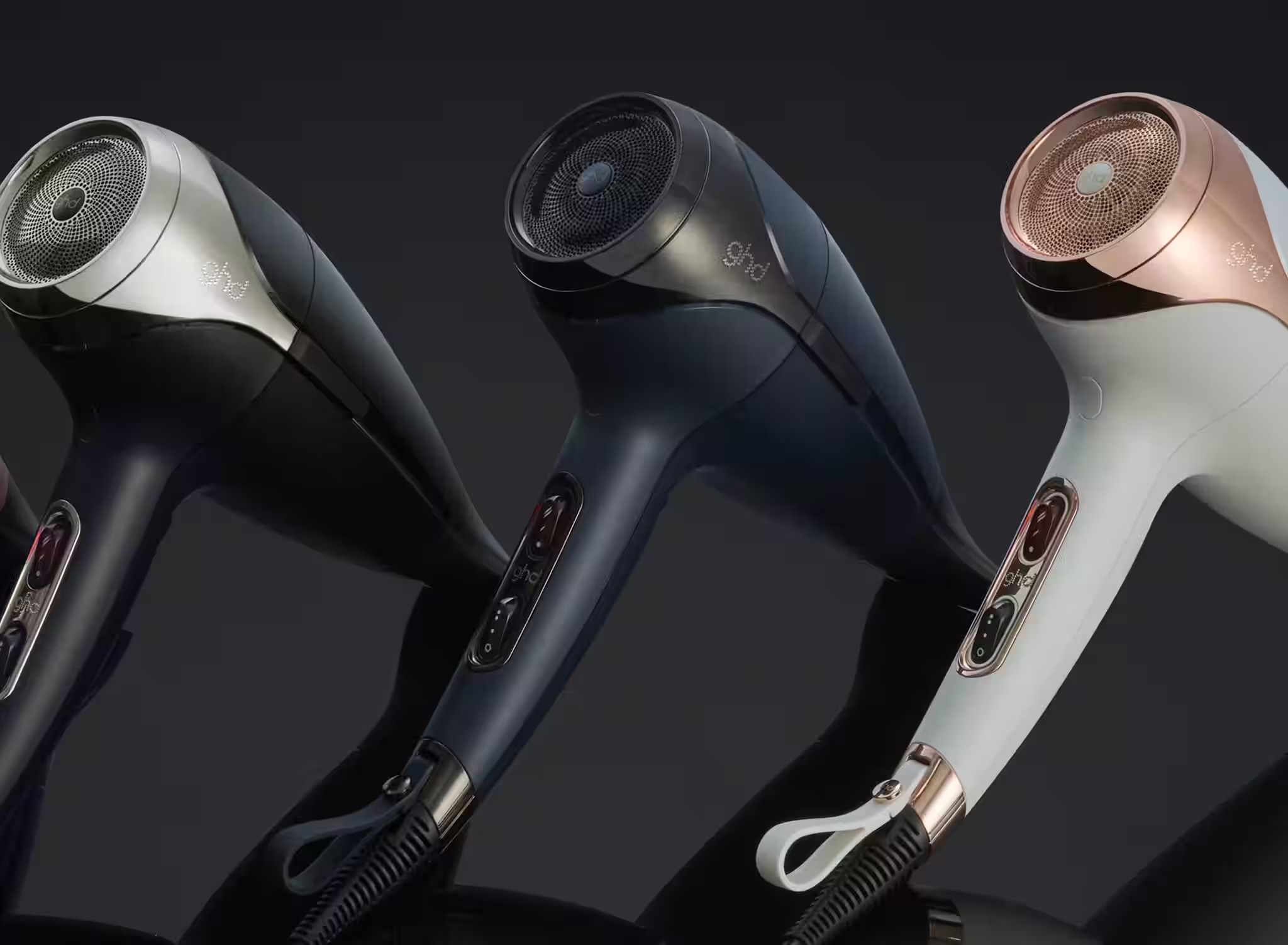
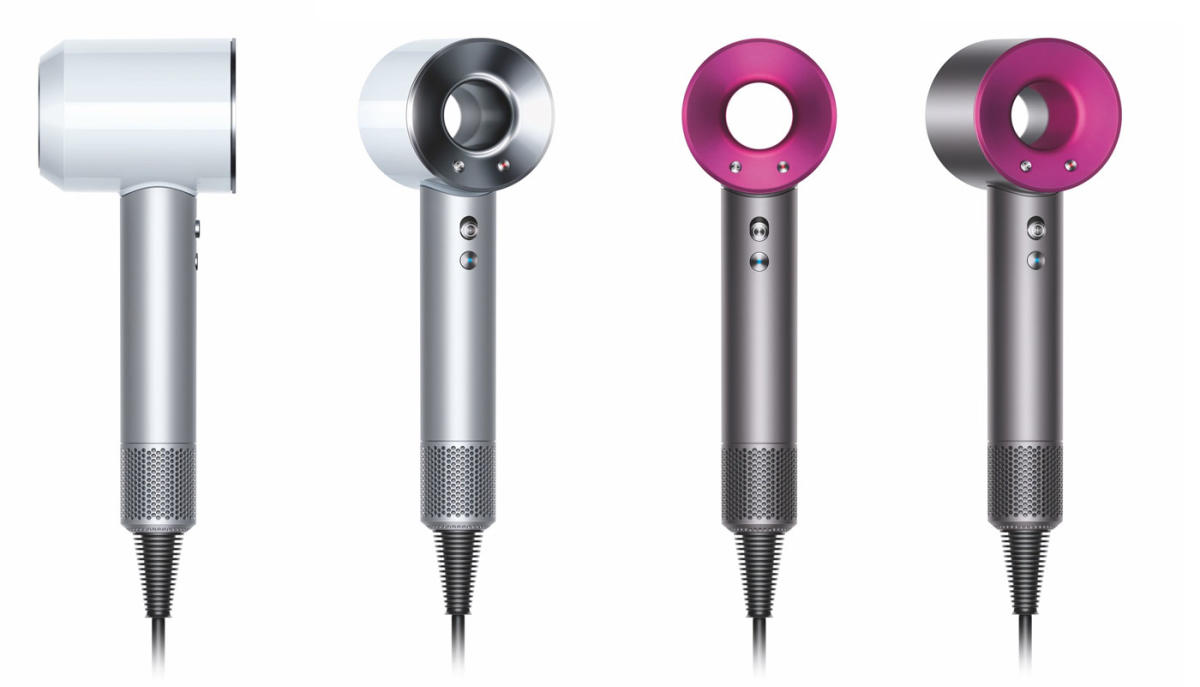
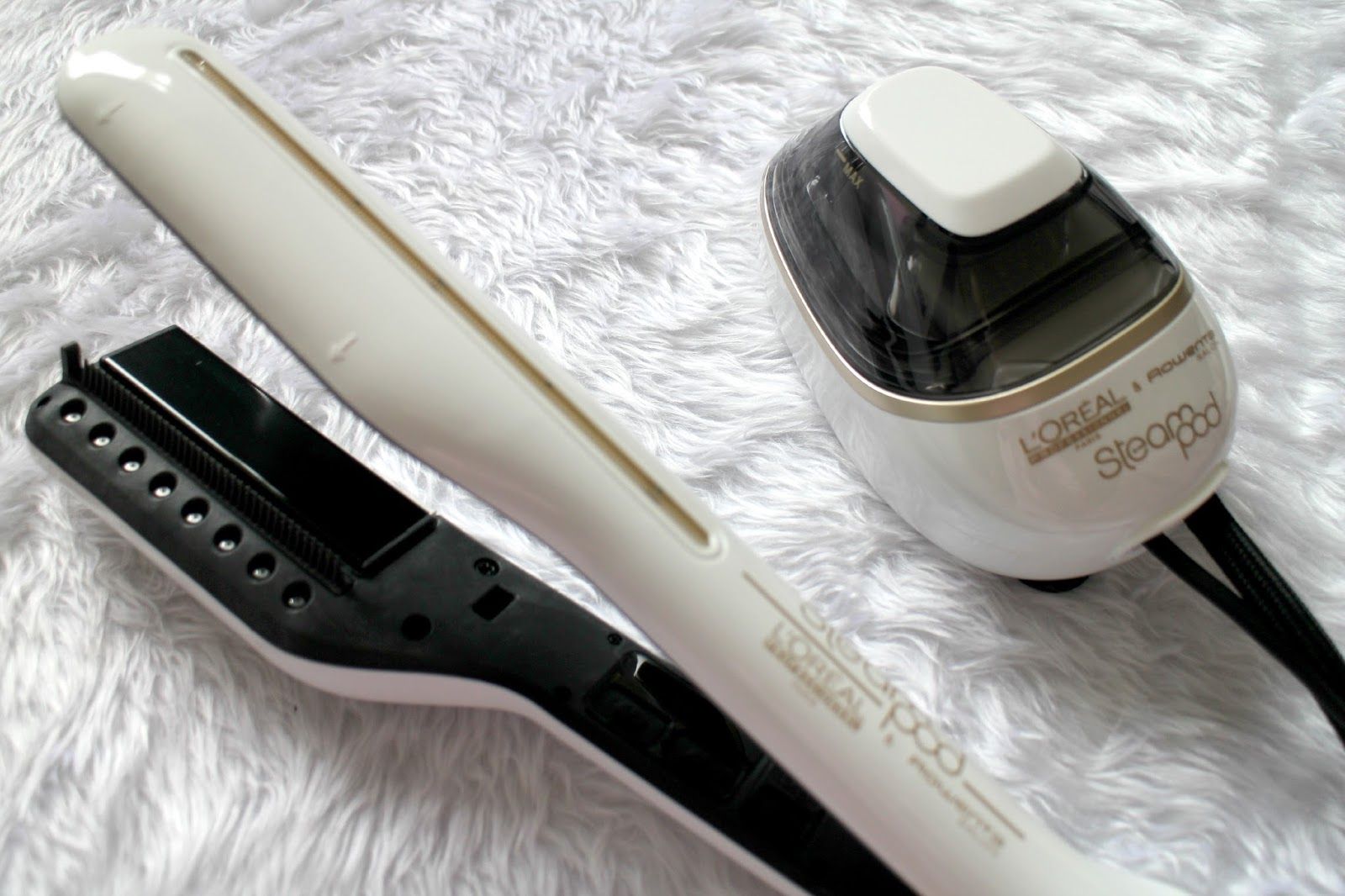
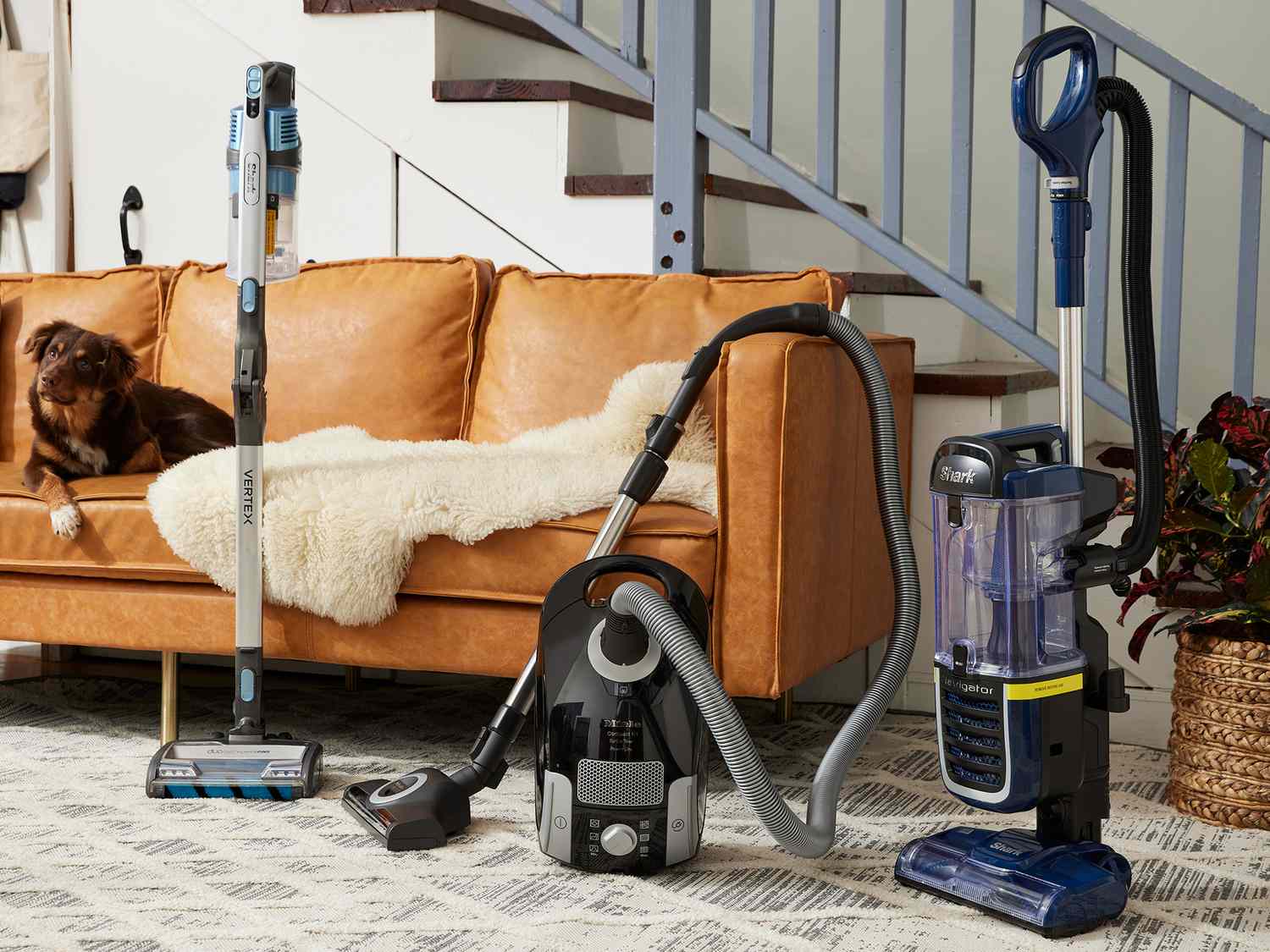
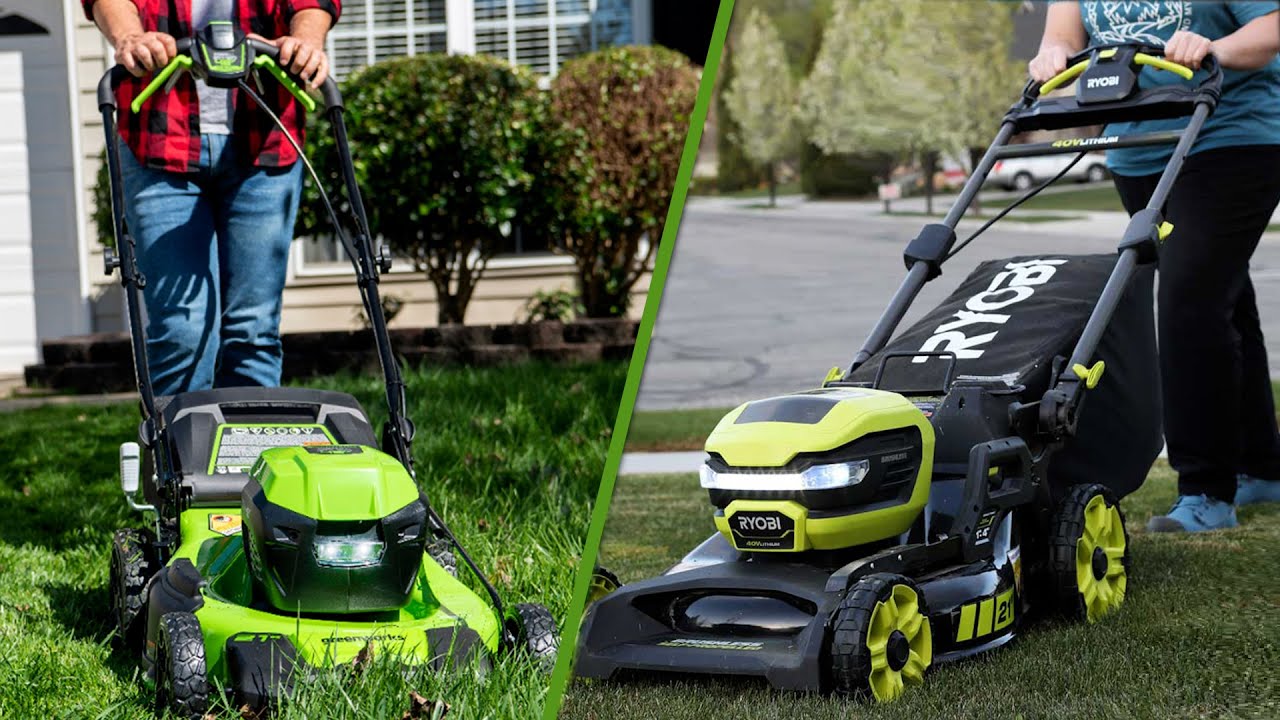
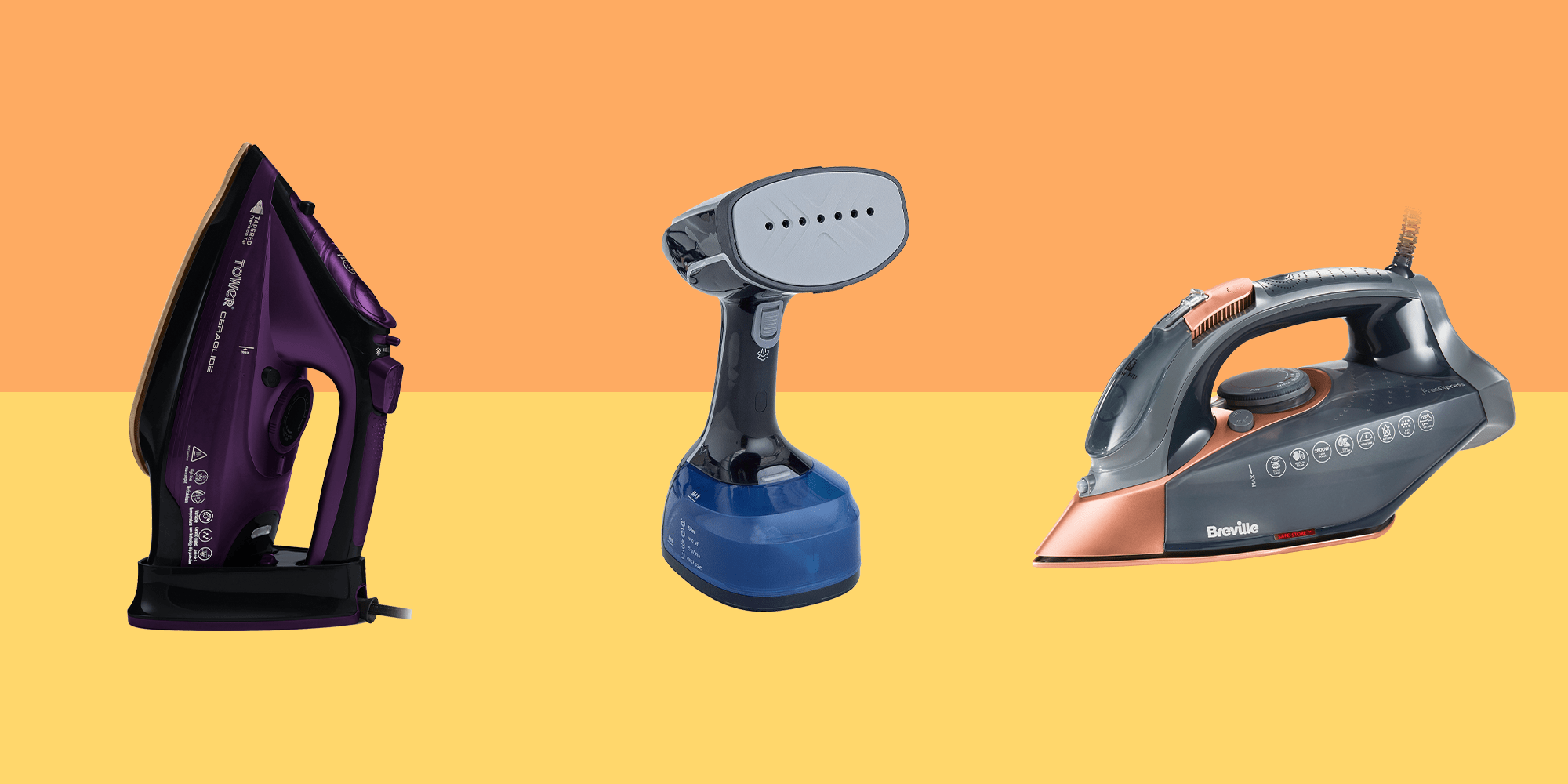
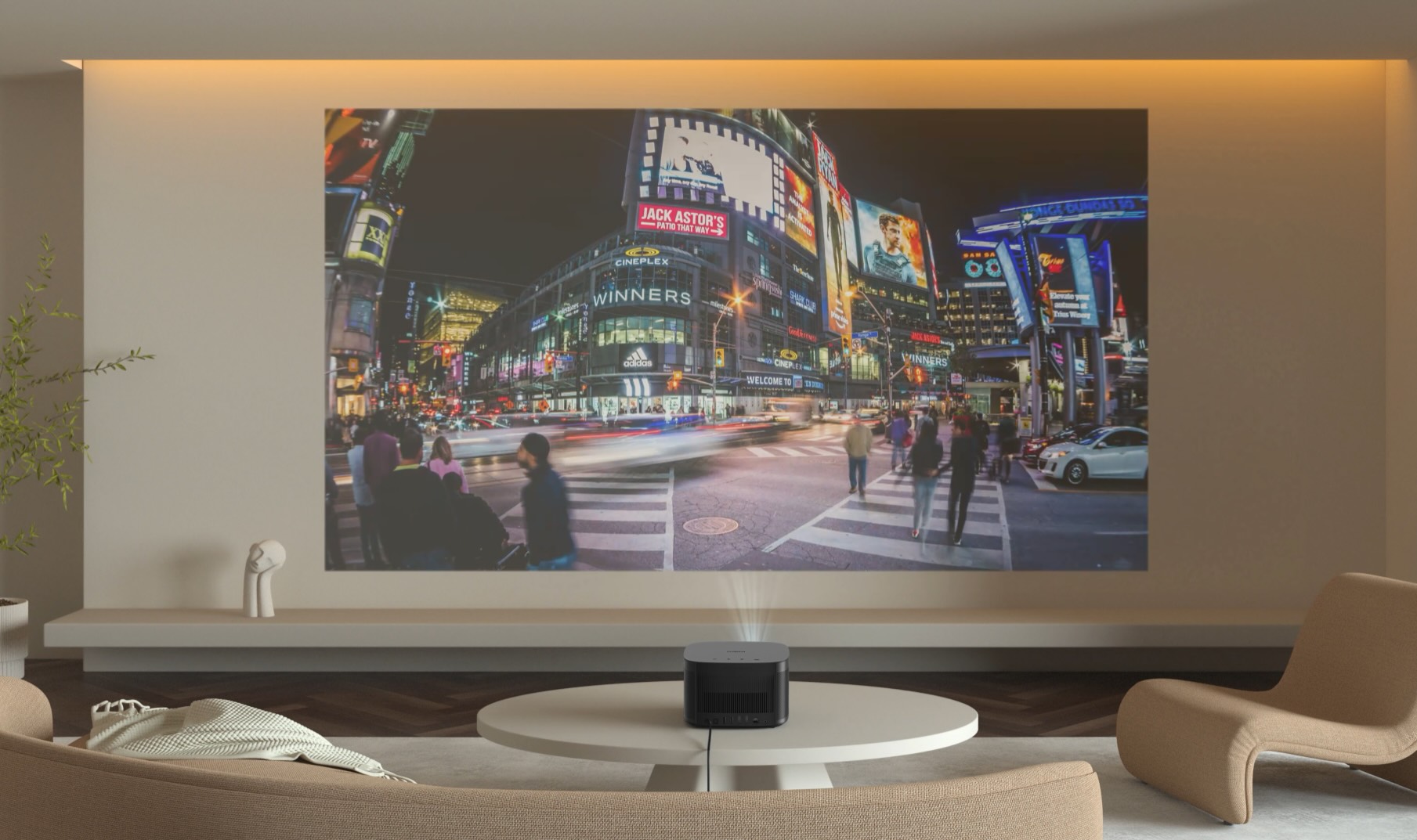
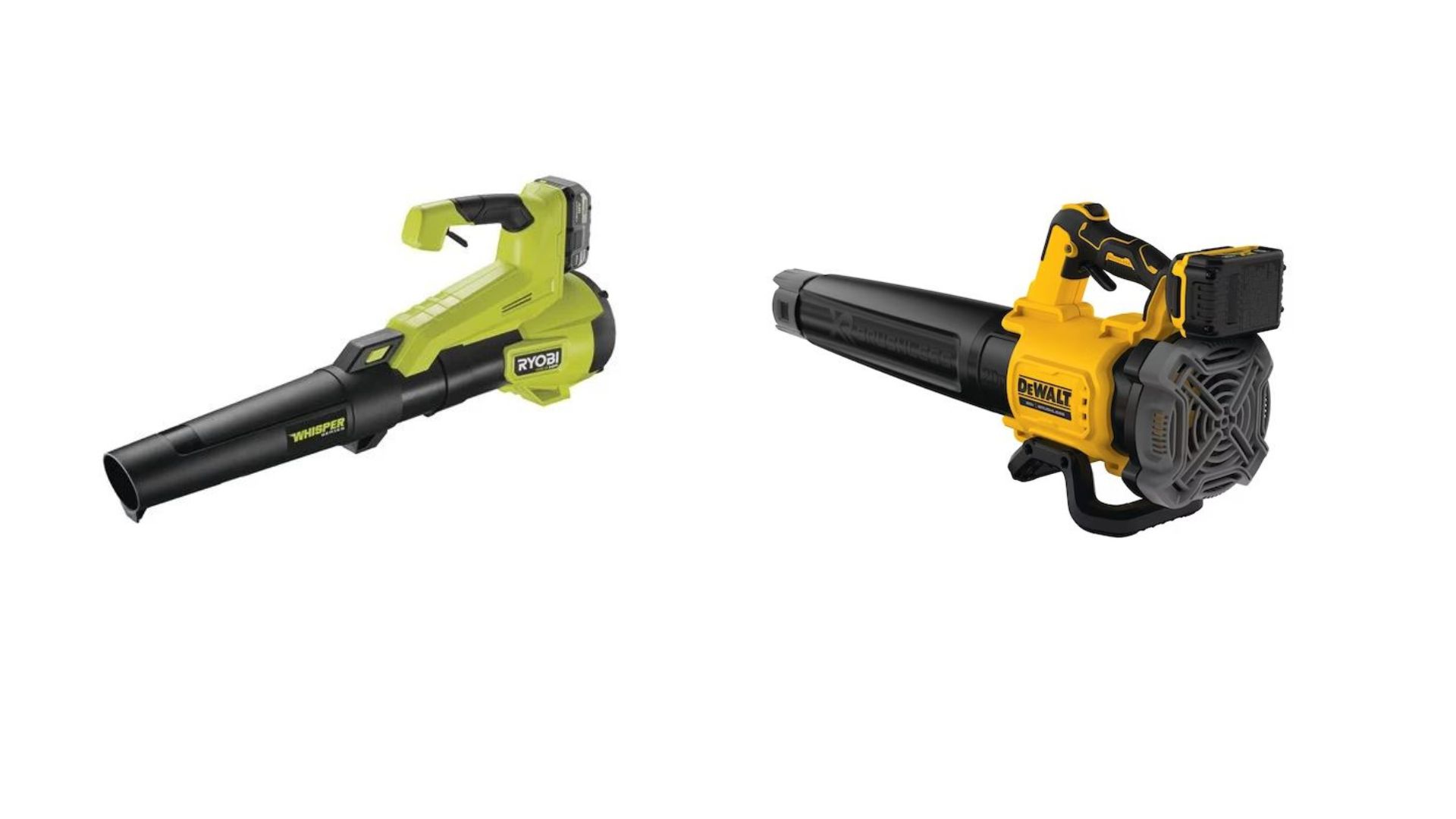

0 thoughts on “Which Is Better: Hair Dryer Or Hair Straightener”